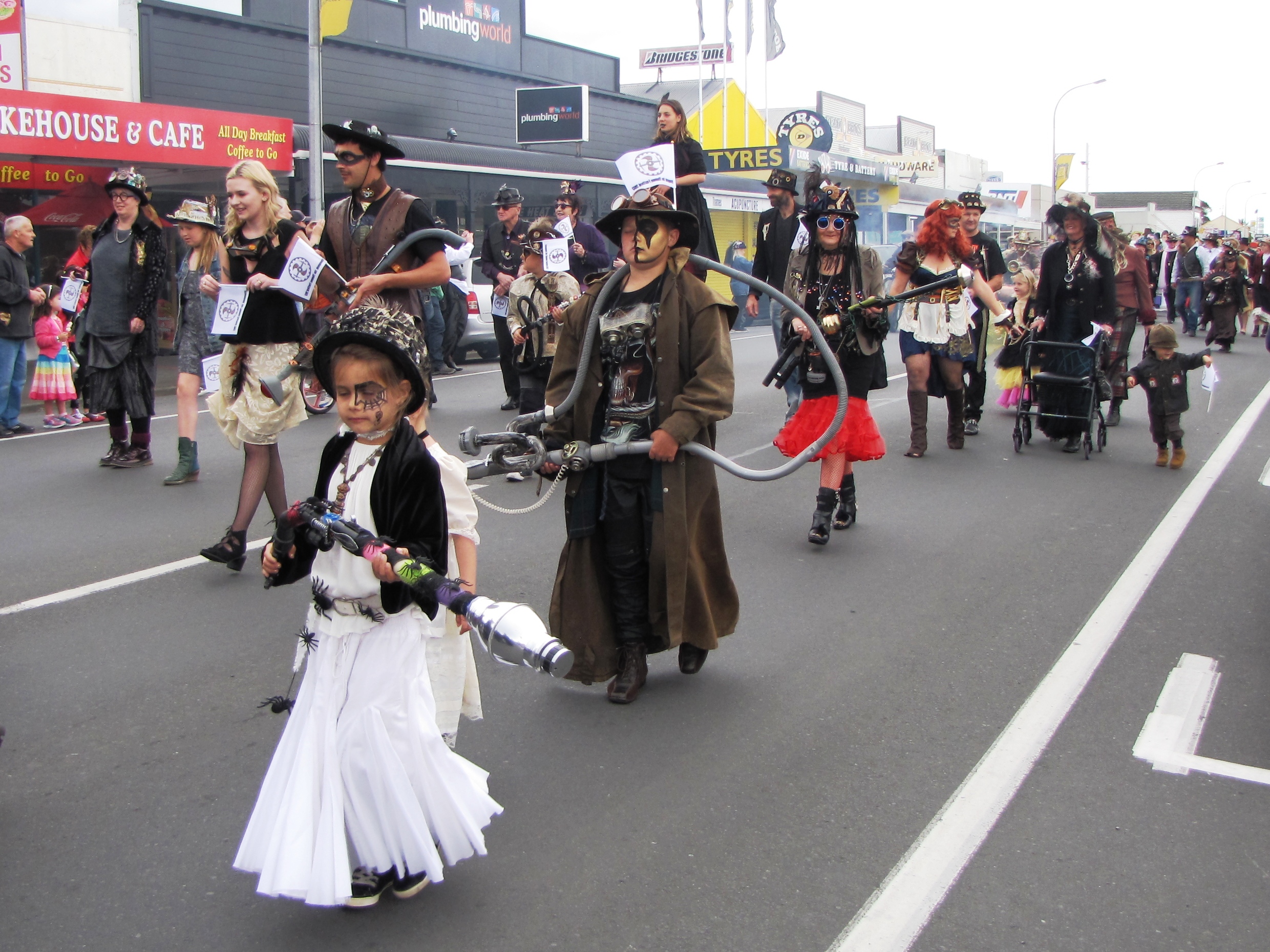|
Pōmare I (Ngāpuhi)
Pōmare I (died 1826) was a New Zealand Māori rangatira (chief) of the Ngāti Manu hapū (subtribe) of the Ngāpuhi iwi (tribe). Formerly called Whētoi, he adopted the name of Pōmare, after the name of the king of Tahiti who had converted to Christianity. After his death he was called Pōmarenui () by Ngāti Manu in order to distinguish him from his nephew Whiria, who also took the name Pōmare. The Ngāti Manu originally lived at Tautoro, south of Kaikohe, however disputes with the Ngāti Toki (Ngāti Wai) in Pōmare’s lifetime forced them to move and settle at Kororāreka, Matauwhi, Ōtūihu, Waikare and Te Kāretu on the southern shore of the Bay of Islands. Pōmare I established a pā at Matauwhi, near Kororāreka (now Russell), in what is now called Pōmare Bay. Following the death of Pōmare I in 1826, his nephew Whiria adopted his uncle’s names, Whētoi and Pōmare, so Whiria is referred to as Pōmare II. Relations with the Church Missionary Society (CMS) The C ... [...More Info...] [...Related Items...] OR: [Wikipedia] [Google] [Baidu] |
Māori People
Māori () are the Indigenous peoples of Oceania, indigenous Polynesians, Polynesian people of mainland New Zealand. Māori originated with settlers from East Polynesia, who arrived in New Zealand in several waves of Māori migration canoes, canoe voyages between roughly 1320 and 1350. Over several centuries in isolation, these settlers developed Māori culture, a distinct culture, whose language, mythology, crafts, and performing arts evolved independently from those of other eastern Polynesian cultures. Some early Māori moved to the Chatham Islands, where their descendants became New Zealand's other indigenous Polynesian ethnic group, the Moriori. Early contact between Māori and Europeans, starting in the 18th century, ranged from beneficial trade to lethal violence; Māori actively adopted many technologies from the newcomers. With the signing of the Treaty of Waitangi, Treaty of Waitangi/Te Tiriti o Waitangi in 1840, the two cultures coexisted for a generation. Rising ten ... [...More Info...] [...Related Items...] OR: [Wikipedia] [Google] [Baidu] |
Te Whareumu
Te Whareumu (died 1828) was the ariki and warrior chief of Ngāti Manu, a hapū within the Ngāpuhi iwi based in the Bay of Islands in New Zealand. Te Whareumu was the most important chief in the Kororakeka area in his day. He was a warrior chief of the highest mana Mana may refer to: Religion and mythology * Mana (Oceanian cultures), the spiritual life force energy or healing power that permeates the universe in Melanesian and Polynesian mythology * Mana (food), archaic name for manna, an edible substance m ... in pre-European times and well respected by the early missionaries and traders, to whom he provided the greatest protection. Te Whareumu quickly realised the advantage of trading with the many ships visiting the Bay. Family Born in the late 18th century, possibly about 1770-80, into a high ranking family, Te Whareumu was the son of Te Arahi and Te Ruru. He was closely related to Te Ruki Kawiti and Pōmare I (also called Whetoi) and related to most of the northe ... [...More Info...] [...Related Items...] OR: [Wikipedia] [Google] [Baidu] |
Mayor Island / Tuhua
In many countries, a mayor is the highest-ranking official in a municipal government such as that of a city or a town. Worldwide, there is a wide variance in local laws and customs regarding the powers and responsibilities of a mayor as well as the means by which a mayor is elected or otherwise mandated. Depending on the system chosen, a mayor may be the chief executive officer of the municipal government, may simply chair a multi-member governing body with little or no independent power, or may play a solely ceremonial role. A mayor's duties and responsibilities may be to appoint and oversee municipal managers and employees, provide basic governmental services to constituents, and execute the laws and ordinances passed by a municipal governing body (or mandated by a state, territorial or national governing body). Options for selection of a mayor include direct election by the public, or selection by an elected governing council or board. The term ''mayor'' shares a linguistic ... [...More Info...] [...Related Items...] OR: [Wikipedia] [Google] [Baidu] |
Thames, New Zealand
Thames () is a town at the southwestern end of the Coromandel Peninsula in New Zealand's North Island. It is located on the Firth of Thames close to the mouth of the Waihou River. The town is the seat of the Thames-Coromandel (district), New Zealand, Thames-Coromandel District Council. The Māori people, Māori iwi are Ngāti Maru (Hauraki), Ngāti Maru, who are descendants of Marutuahu's son Te Ngako. Ngāti Maru is part of the Ngati Marutuahu confederation of tribes or better known as Hauraki Iwi. Thames had an estimated population of 15,000 in 1870, but this declined to 4,500 in 1881, and it has increased modestly since. It is still the biggest town on the Coromandel Peninsula. Until 2016, a historical Oak, oak tree that was planted by Governor George Grey stood on the corner of Grey and Rolleston streets. Demographics Thames covers and had an estimated population of as of with a population density of people per km2. Thames had a population of 7,212 in the 2023 New Zeal ... [...More Info...] [...Related Items...] OR: [Wikipedia] [Google] [Baidu] |

